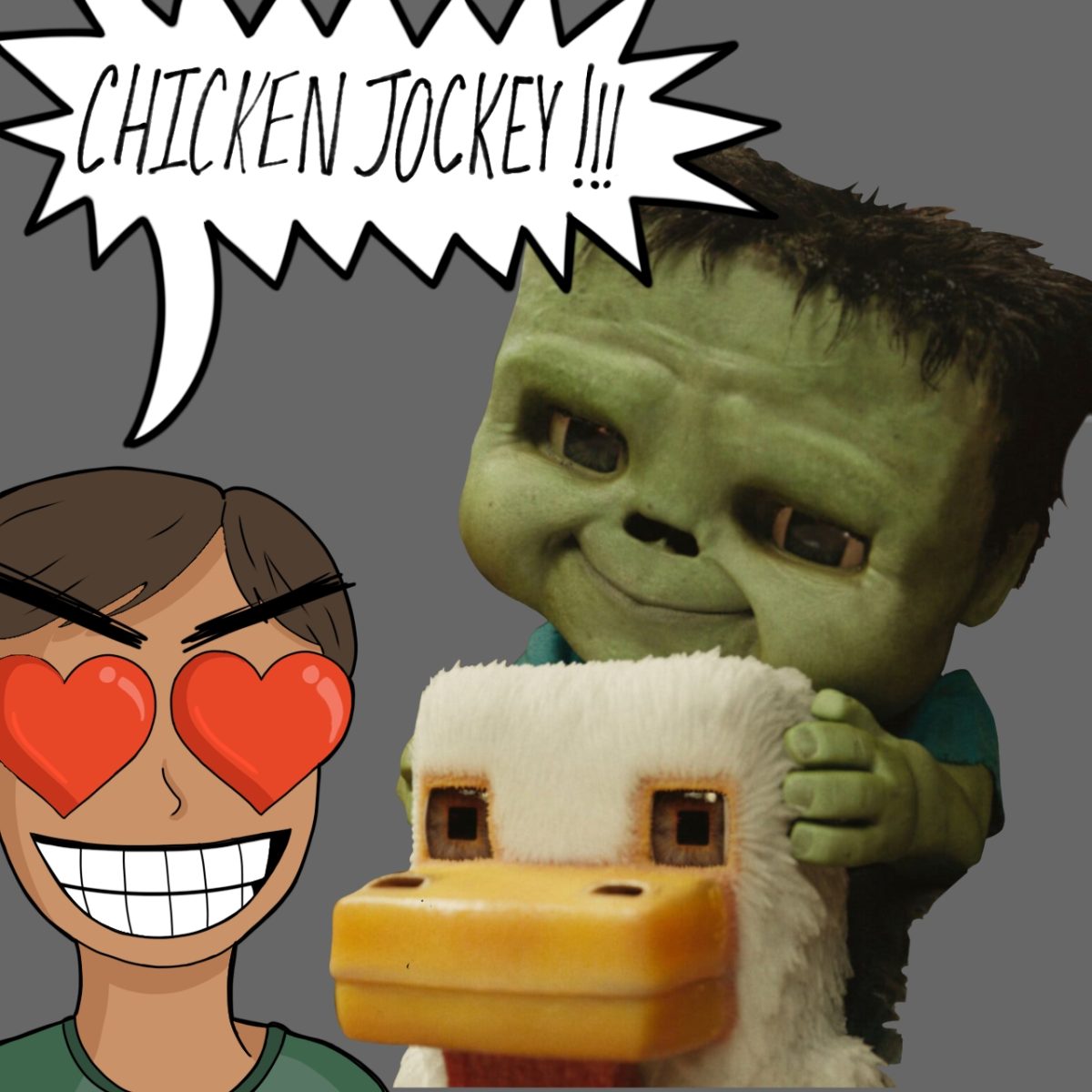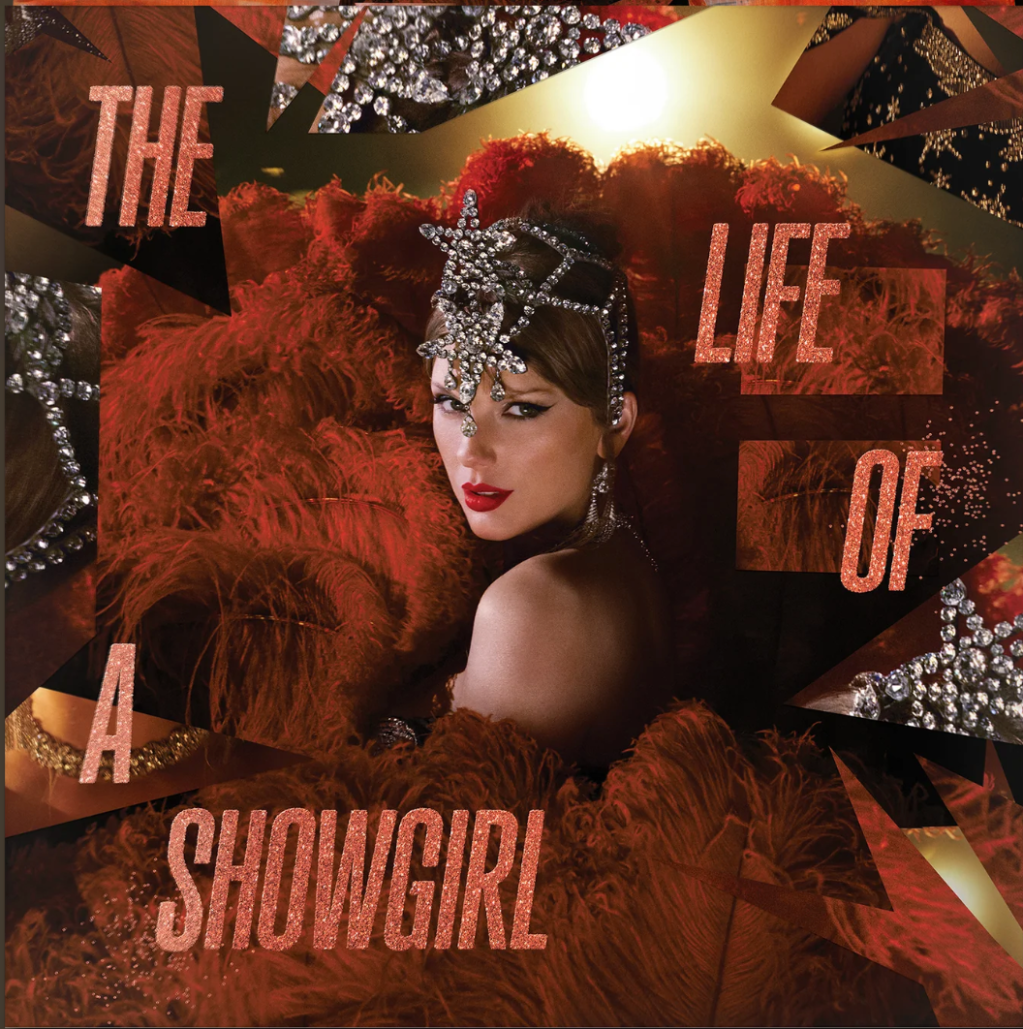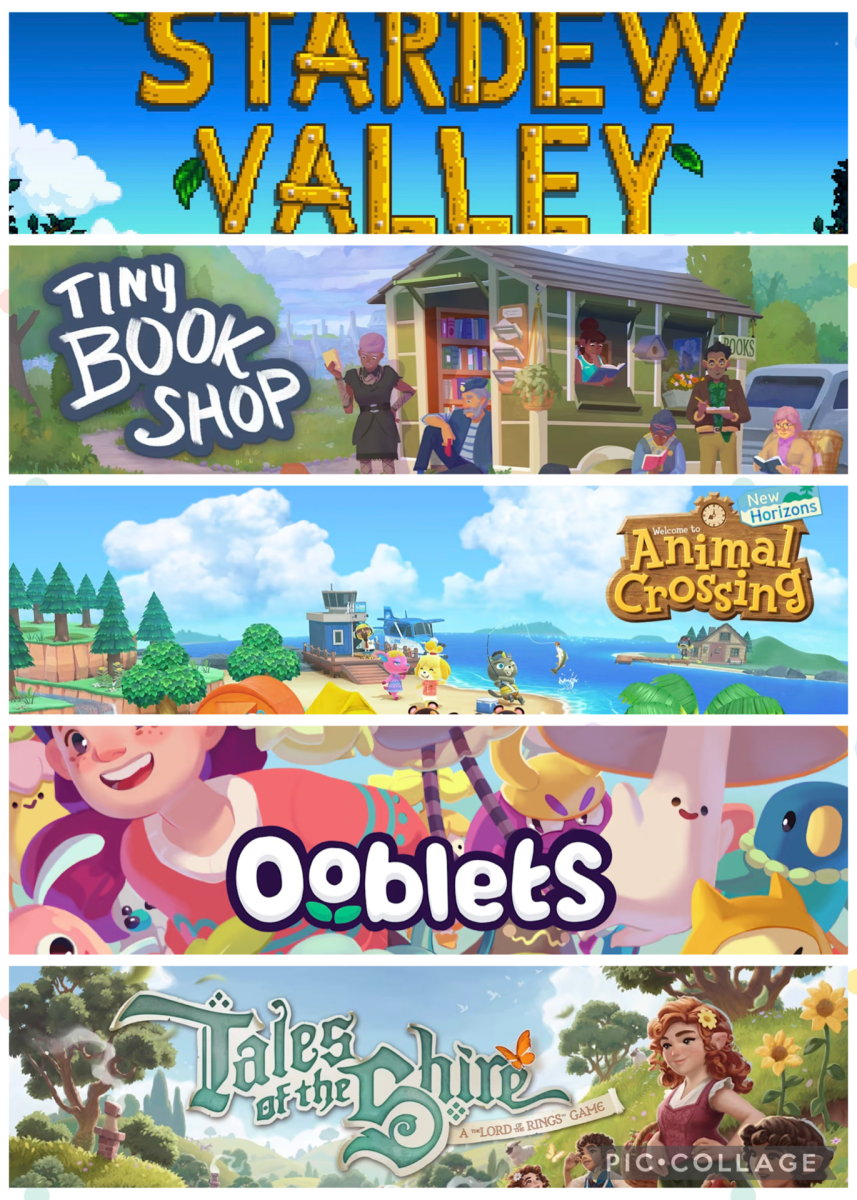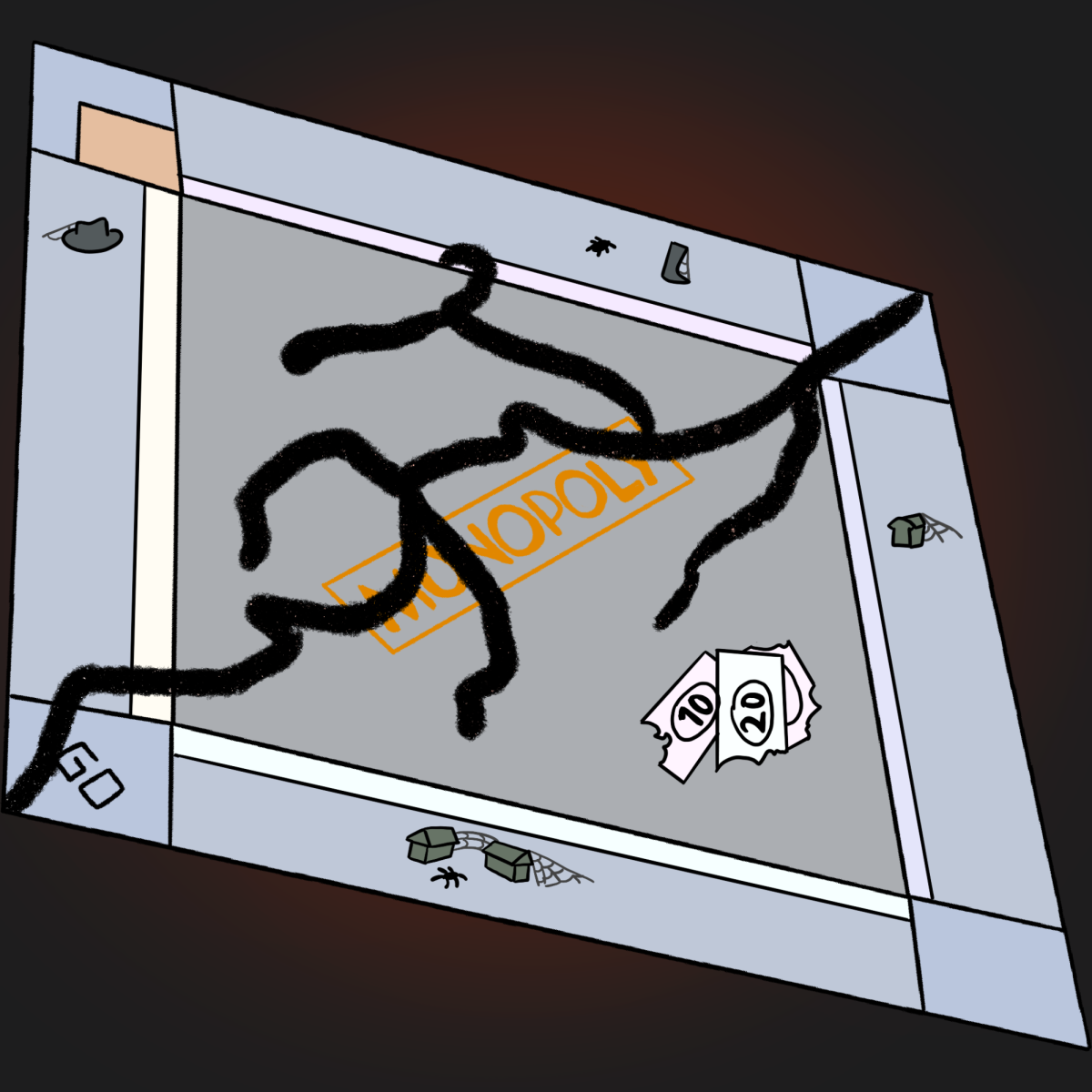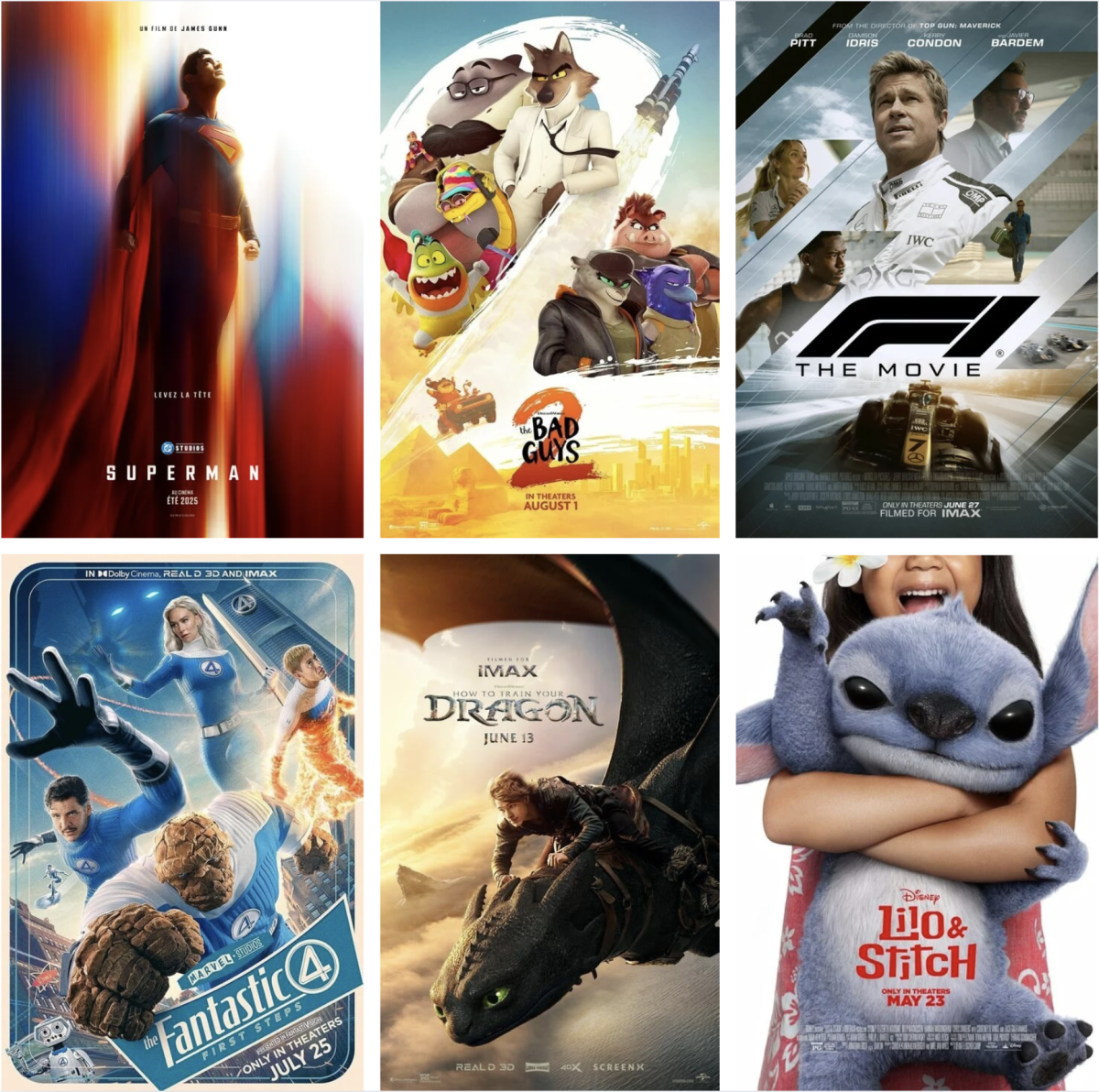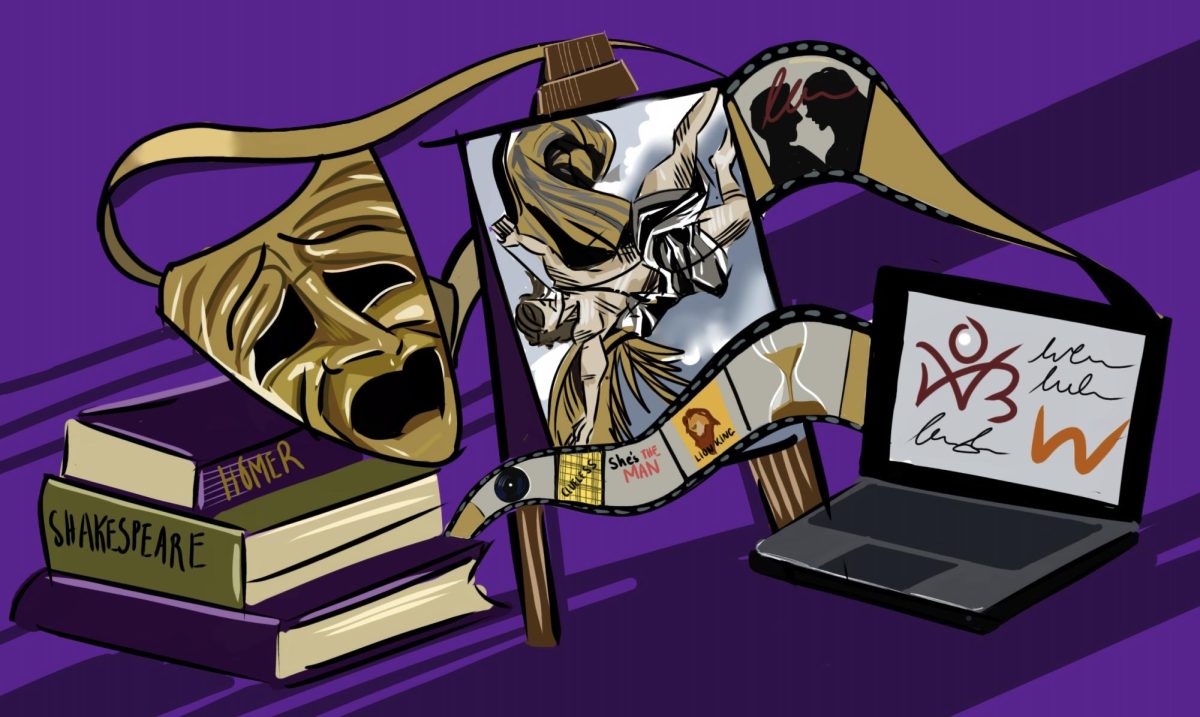Shouts, screams, the sound of stamping feet and thunderous applause — excitement on par with (if not exceeding) the likes of “Avengers: Endgame” and Hollywood’s other major blockbusters. Such a scene barely scratches the surface of the chaos that has been unleashed in movie theaters across the United States since the premiere of “A Minecraft Movie” on April 4.
Over the couple of weeks since the film’s theatrical release, moviegoers have reached new extremes in their reactions to the film, ranging from throwing buckets of popcorn to vomiting on the floor, to bringing a live chicken into the screening. These over-the-top reactions have gained immense traction online, becoming a massive trend to the tune of tens of millions of views. As a result, audience reactions to the movie have created a positive feedback loop, with increasingly unhinged reactions gaining virality and encouraging more movie-watchers to disturb the viewing experience.
These reactions aren’t the only factor contributing to the wildly popular theater experience, however. In fact, “A Minecraft Movie” is the product of a perfect storm of pop culture conditions, all of which have been instrumental in catapulting the film to a box office performance that vastly surpassed expectations. For one, Jack Black’s performance as the iconic Steve twists the overly cliché dialogue into easily meme-able sound bites, turning the script’s awful writing into a goldmine of ironic humor.
Additionally, one of the biggest factors in the movie’s success is that Minecraft is the most popular video game of all time, having sold over 300 million copies globally. It wouldn’t be a stretch to say that the Minecraft IP, along with its expansive online fanbase, has single-handedly shaped the childhood of an entire generation, a cultural phenomenon that many of us have likely experienced firsthand. Its influence has allowed the film to practically guarantee a legion of faithful viewers attracted to the nostalgia attached to the IP.
This nostalgia bait has been further amplified by the commercialization of the film’s release through McDonald’s “A Minecraft Movie” meal, which features themed packaging, collectible toys and menu items inspired by in-game elements. For many fans, especially those who grew up with Minecraft during its early 2010s heyday, this marketing taps directly into their childhood memories and provides them with an entire branded experience.
It’s important to note that “A Minecraft Movie” is far from the first film that has capitalized on internet relevance and trends in recent years. Just under a year ago, “Despicable Me 4” experienced a similar boost in popularity as moviegoers showed up to the theater in droves, decked out in black suits. That movie also belongs to an IP that has held significant sway over internet culture, with round yellow minions managing to stick around ever since their inception by infecting the Facebook posts of boomers everywhere.
In a very similar vein, Sony Pictures’ “Morbius” originally released to terrible critical and audience reception, but became ironically popular after the “It’s Morbin’ Time” meme blew up online, and the prefix “morb” was slapped onto every other word. Viewers flocked to theaters, not because of the film’s quality, but precisely the opposite: the absurdity and irony of appreciating its horrendousness. “Morbius” became so popular that Sony Pictures re-released the movie across the nation, only for it to flop at the box office.
Even the rowdy crowds of the film’s showing aren’t wholly original. Any major movie premiere will have some overly rambunctious viewers — think midnight showings of “Star Wars” or “The Dark Knight.” Not to mention that packed theaters and chaotic audiences date back at least to the time of Shakespearean plays, with live audiences’ tomato throwing.
However, social media’s interconnectivity and the general excitement surrounding Minecraft have turned previously isolated theater reactions into a massive social phenomenon, boosting the film’s popularity. It has also transformed theaters into a kind of performative space for fans to express their glee over the adaptation, as if there’s an unsaid competition to produce the most over-the-top reaction. Unlike past blockbusters, this further reflects a shift in reactions fueled by meme culture as opposed to traditional commercialized hype.
Ultimately, what makes “A Minecraft Movie” special is that it uniquely represents the quintessential modern theater experience, as the mixture of online meme culture and nostalgic fandom has culminated in a collective event that surpasses a simple film screening. The movie, rather than simply a piece of media, is a vessel for shared internet humor and group participation in a phenomenon centered around such a significant IP. Whether or not the film holds up to any traditional critical standard is beside the point; for many fans, the experience itself — absurd, chaotic and chronically online — is what matters most.

